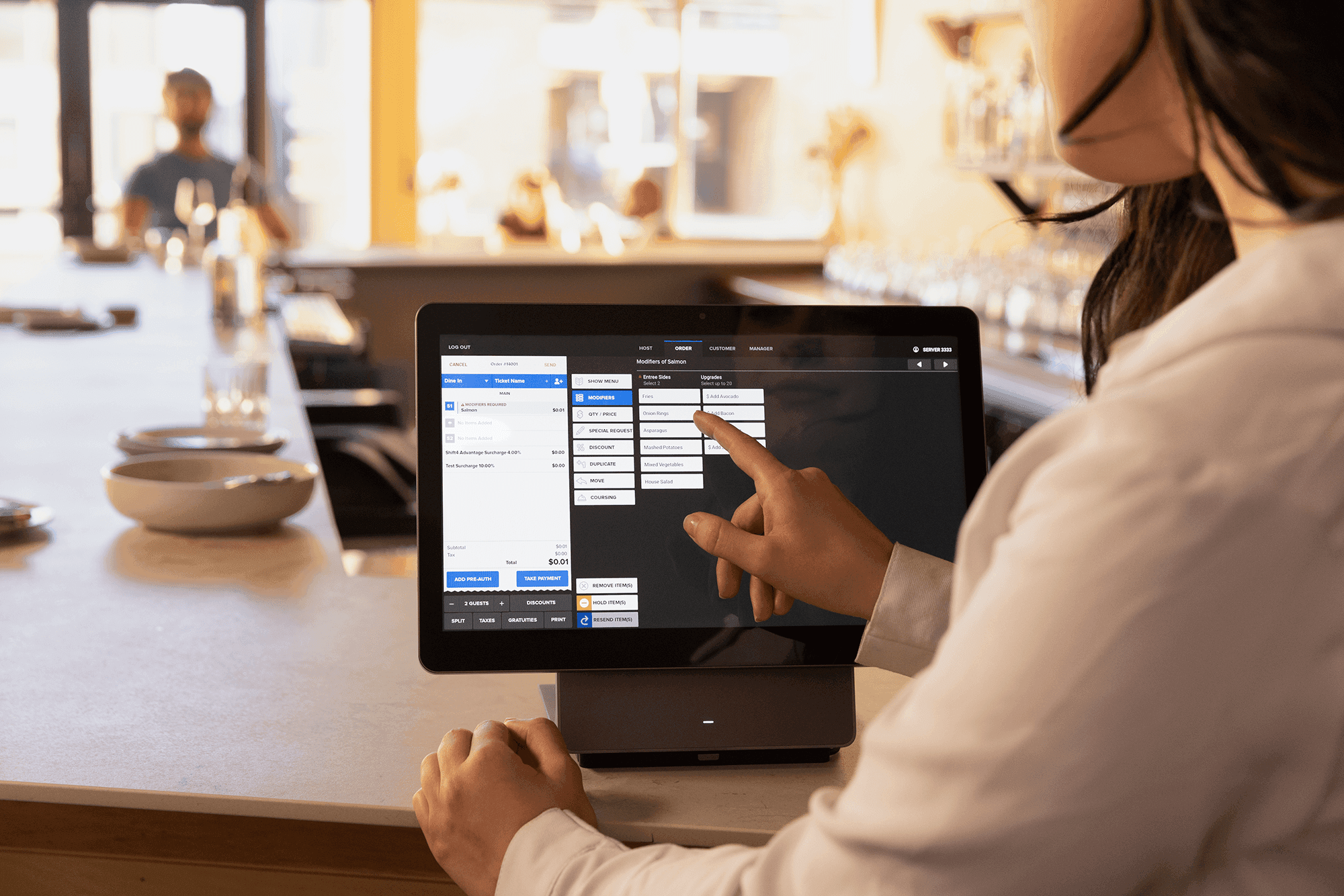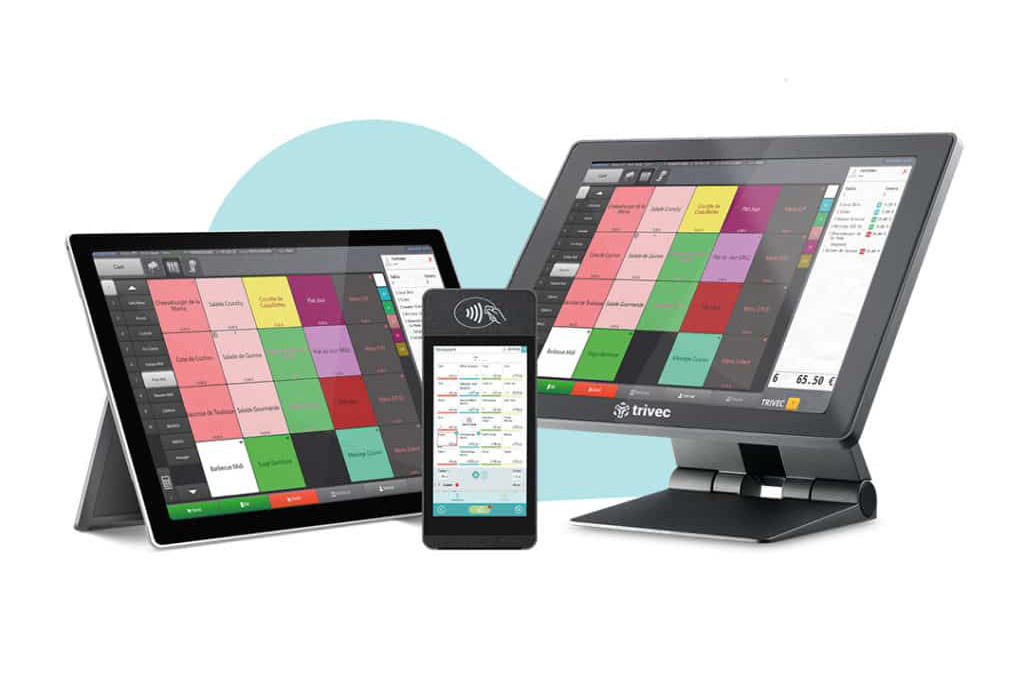How POS System Works: A Comprehensive Overview for Service Owners
A POS system offers as an important device for modern organizations, incorporating various components to streamline operations. It includes equipment like barcode scanners and software available for sale tracking. This system not only processes purchases yet also takes care of stock and examines customer habits. Recognizing its functionality can considerably affect a business's effectiveness and decision-making. What are the vital elements that contribute to this efficiency? Exploring these elements offers useful insights.
Comprehending the Components of a POS System
A Factor of Sale (POS) system is composed of numerous essential elements that interact to assist in deals and take care of company procedures. At its core, the equipment includes gadgets such as a cash register, barcode scanner, receipt printer, and repayment terminal, all important for refining sales (Restaurant POS Software). The software program component manages stock, sales monitoring, and consumer data, offering important insights for business decisions.Additionally, data sources save purchase documents and consumer information, ensuring information stability and safety and security. Network connectivity enables real-time updates and accessibility to cloud-based solutions, enhancing operational effectiveness. Individual interfaces, designed for ease of usage, enable team to browse the system rapidly, decreasing training time. Together, these elements produce a natural system that streamlines the sales procedure, improves customer support, and aids in reliable administration of company sources. Understanding these parts is important for entrepreneur seeking to enhance their POS systems
Just How Sales Purchases Are Refined
When a consumer decides to purchase, the sales transaction starts a series of systematic steps within the POS system. First, the cashier inputs the items being acquired, which are checked via a barcode viewers or manually gotten in. This activity recovers item details, consisting of prices and appropriate taxes, from the system's database.Next, the customer is presented with the overall amount due. The POS system after that processes the payment, whether via cash money, bank card, or mobile settlement techniques. For electronic payments, the POS securely interacts with settlement processors to license and validate the transaction.Once the payment is verified, the system generates an invoice, which can be published or sent electronically. This invoice serves as receipt for the customer. The transaction data is recorded in the system, ensuring precise sales documents and economic tracking for the organization.
Supply Monitoring and Tracking
Efficient stock administration and monitoring are crucial parts of a POS system, as they assure that businesses keep ideal supply degrees and decrease discrepancies. A durable POS system enables real-time stock updates, reflecting sales and returns instantly. This allows entrepreneur to keep track of supply levels accurately, guaranteeing that prominent items are readily offered while stopping overstocking of much less popular products.Additionally, advanced POS systems supply attributes such as automatic stock notifies and reorder recommendations, enhancing the purchase process. Barcoding and RFID technology enhance accuracy in tracking inventory movement, reducing human error. Extensive coverage devices provide insights right into inventory turnover rates, assisting companies make educated decisions about buying and product offerings. Ultimately, reliable stock management through a POS system not visit this site right here just enhances functional effectiveness but also boosts client fulfillment by making sure product availability.

Examining Client Data and Insights
Client data analysis offers as a powerful tool for businesses utilizing a POS system. By accumulating and taking a look at purchase data, businesses can reveal valuable understandings about consumer actions and preferences. This analysis enables them to identify buying fads, peak shopping times, and popular items, thereby notifying inventory decisions and advertising and marketing strategies.Additionally, organizations can segment their customer base, allowing for personalized advertising and marketing initiatives that accommodate particular demographics or purchasing behaviors. Recognizing consumer commitment patterns additionally helps in establishing targeted promos and incentives programs.The data gleaned from a POS system can additionally disclose understandings right into customer feedback, making it possible for services to make enlightened decisions pertaining to product offerings and solution improvements. Ultimately, leveraging consumer information properly can improve the total purchasing experience, foster consumer fulfillment, and drive profits growth.
Advantages of Implementing a POS System
Implementing a POS system uses numerous benefits that can greatly enhance organization procedures. To start with, it simplifies purchase processes, minimizing delay times and improving consumer fulfillment. By automating sales processes, businesses can decrease human error and warranty exact record-keeping. Furthermore, a POS system provides important data analytics, enabling proprietors to track sales patterns and supply levels in real-time. This insight supports educated decision-making, aiding to maximize supply administration and advertising strategies.Moreover, many POS systems check my site integrate with various other organization tools, such as accounting software, streamlining financial monitoring. Boosted staff member administration features, such as tracking hours and efficiency, further add to functional efficiency.Lastly, the application of a POS system can bring about enhanced profits through improved consumer experiences and calculated insights, eventually promoting service growth and sustainability.
Frequently Asked Inquiries
What Sorts Of Businesses Can Benefit From a POS System?

Just how much Does a POS System Typically Expense?
The expense of a POS system usually varies from a couple of hundred to several thousand bucks, relying on attributes, hardware, and software program - Restaurant POS Software. Companies should think about recurring fees for upkeep, assistance, and deal processing when budgeting

Can I Integrate a POS System With Existing Software?
Integrating a POS system with existing software application is usually possible. Several systems offer APIs or built-in compatibility features, permitting why not try here organizations to improve procedures and improve functionality by linking different software applications effectively.
What Training Is Needed for Personnel to Make Use Of a POS System?
Educating for staff to utilize a POS system commonly includes understanding software capabilities, processing purchases, taking care of supply, and taking care of client interactions - Restaurant POS Software. Practical demonstrations and hands-on practice improve efficiency and confidence in making use of the system properly
What Takes place if the Internet Drops While Utilizing a POS System?
If the internet goes down throughout POS system use, transactions may be disrupted. Several systems supply offline abilities, permitting fundamental operations to proceed, yet complete functionality, consisting of real-time inventory updates, will be restricted.